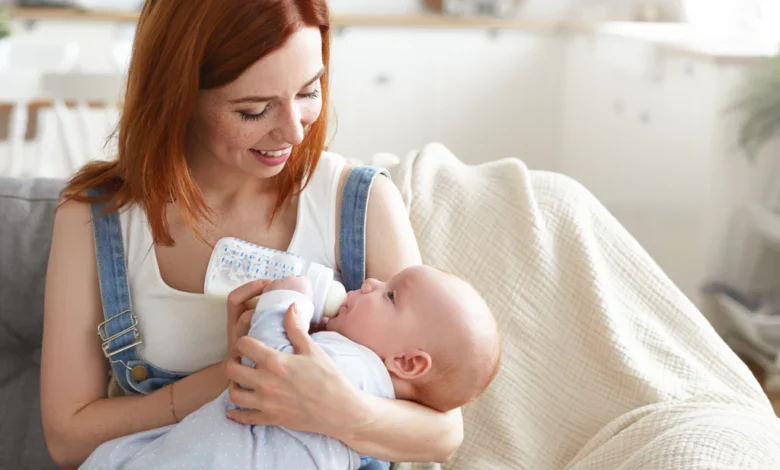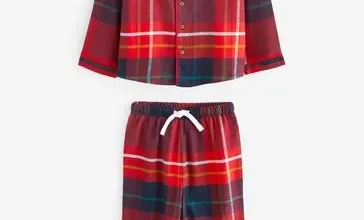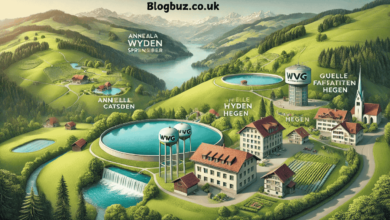How Many Baby Bottles You Need for a Newborn and Why?

Have you ever stood in the baby aisle, staring at rows of bottles, wondering how many you need? You are definitely not the only one. Between feedings, washing, and figuring out what your baby actually likes, it gets confusing fast. If you are using formula or pumping, bottles become a daily essential. And having enough of the right kind? That can make life a whole lot easier.
Why the Number of Bottles Matters More Than You Think?
Best baby bottles for newborns gas issues are often recommended right away to ease tummy troubles that newborns can face in the first few months.
As per WebMD, newborn eats at least 8 to 12 times a day. If you’re formula feeding, this means a bottle for almost every session unless you plan to wash and sterilize each one immediately. That’s where the trouble starts; constant cleaning can become exhausting fast.
Instead of scrambling to wash a bottle at midnight, most parents find it helpful to have enough bottles for a full day. That’s typically around 6 to 8 bottles for newborns. This number gives you a bit of breathing room, especially during those hectic early weeks when sleep is scarce and time is precious.
Breastfeeding vs. Formula Feeding: Does It Change the Math?
Yes, and by quite a bit. If you’re exclusively breastfeeding, you may not need many bottles at first, maybe just two or three for occasional pumped milk or if someone else is feeding the baby. But if you plan to pump regularly or return to work, then having 5 to 6 bottles becomes useful.
If you’re formula feeding, having at least 6 bottles ready to go is a lifesaver. That way, you are not stuck washing one after every single feeding, especially at 3 a.m. when you’re barely awake and just want to feed the baby and crawl back into bed.
Mixed feeding? You’ll likely land somewhere between 4 to 6 bottles, depending on your schedule and how often your baby drinks from the bottle.
Size and Flow Matter, Too
Most newborns start with 4-ounce bottles since their stomachs are tiny and can’t hold much at once. Around 3 to 4 months, many parents switch to 8-ounce bottles as babies grow and their intake increases.
Another thing to keep in mind is the nipple flow. Newborns need slow-flow nipples to avoid choking or gas buildup. As your baby gets older and more efficient at feeding, switching to a medium or fast flow might be appropriate. Some parents choose bottles that allow interchangeable nipples so they can adjust as needed without buying entirely new bottles.
Tips for Picking the Right Bottles
The material, shape, and vent system in a bottle can affect how well your baby feeds. Some babies prefer wide-neck bottles that feel more like breastfeeding. Others respond better to angled bottles that reduce air intake. Anti-colic or vented bottles can be lifesavers for babies with gas or reflux issues.
You don’t need to stock up on just one brand or style right away. It’s okay to try a couple of different options to see what your baby prefers before committing. Babies can be surprisingly picky!
Washing and Sterilizing
Having enough bottles also reduces the constant need to wash them. During the newborn stage, bottles need to be sterilized frequently. Whether you’re boiling them, using a microwave sterilizer, or a dishwasher with a sanitizing setting, it’s not always possible to clean one bottle before the next feeding.
That’s why having a solid set of bottles can ease your daily routine. Most parents prefer having a batch of bottles cleaned and ready, so they’re not rushing when their baby’s hungry cry starts.
What If You’re On the Go?
Don’t forget to factor in travel and emergencies. A couple of extra bottles in your diaper bag or car can make all the difference during doctor’s appointments, family visits, or unexpected errands. Babies don’t care if you’re running late; they’ll want that bottle when hunger strikes.
Consider keeping one or two travel-ready bottles, just in case. Look for leak-proof caps and easy-to-clean parts. That way, you won’t panic if you’re away from home longer than expected.
When to Reevaluate Your Stash
As your baby grows, feeding patterns change. Around 3 to 4 months, they may feed less frequently but drink more at each session. That’s when larger bottles or fewer daily feedings may reduce how many bottles you need. Also, if your baby starts solids at 6 months, milk feedings may slowly decrease.
It’s good to reassess your bottle collection every few months. Get rid of worn-out nipples or bottles with cracks.
Conclusion
In the whirlwind of newborn life, having 6 to 8 bottles can truly simplify your feeding routine, especially if you’re formula feeding or pumping often. If you’re breastfeeding occasionally, a few bottles may be enough to start. Don’t stress about getting it perfect on day one; your baby’s needs and preferences will guide you. For those looking to ease gas troubles and feeding fussiness, consider trying the best baby bottles for newborns gas issues from Dr. Talbot’s to make mealtimes smoother.




